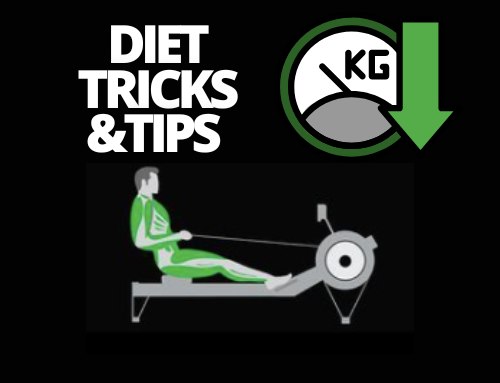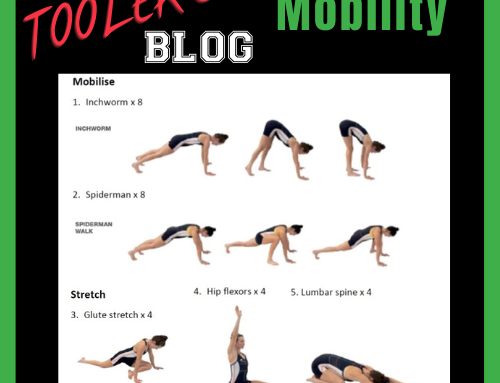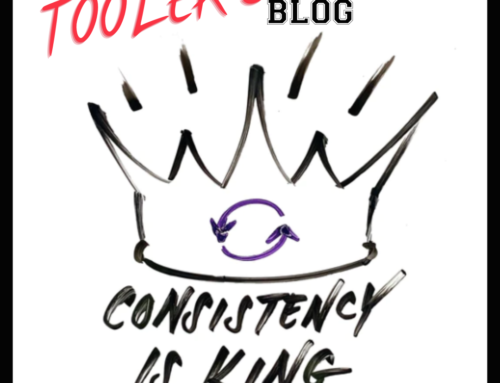#4 Training Zones
#4 in the “Why Row?” series builds on #2 when I talked about training methods on the row ergometer (erg): endurance, strength and speed. In this blog I want to go a bit deeper into the details and talk about the training zones we use in rowing sessions to improve different types of fitness. I’ll also use this opportunity to talk about some of the metrics we look at during different types of sessions – ask anyone, olympic athlete or complete beginner – one of the best things about training using the row erg is the ability to know where you are and track your progress with the metrics it provides. There’s no hiding on the row erg – but it’s important that you understand your numbers and can use them as part of training.
Endurance
Rowing endurance sessions are those longer, continuous training sessions that increase your heart rate and breathing, mobilise fat stores, use energy and ultimately improve your aerobic fitness. Heart rate is a really good way to monitor endurance training sessions and progress over time. Heart rate lets you know how hard you are working but also is a good indicator of how good your technique is when you compare it to your watts on the erg. We usually aim to keep heart rate at about 65-75% of your max heart rate during endurance sessions. The intensity of this type of session is described as “talking with some difficulty” – you are trying to keep your heart rate within a target range – yes it will creep up over time but you want to avoid major spikes or jumps.
Strength
You might not think of rowing as a form of strength training, but as I described in blog #2, we can manipulate the damper setting and the stroke rate to train for strength on the row erg. The nice thing about this approach to strength training is that it is really sport specific. It allows you to build strength through each phase for the stroke. In this type of session you really feel that fact that I point to constantly – rowing uses 87% of muscles! So you’re not looking so much at heart rate in this type of session, instead the general feeling that you monitor, is that feeling of muscle contraction through the stroke. You will really feel the order of the stroke – you will feel where and when you apply different parts of your body weight. From a metrics perspective – it is important to keep stroke rate low and watts consistent in a strength type session.
Speed
Speed training is a relatively small proportion of a rowers training schedule, but is important! Speed sessions are short interval-type sessions at stroke rates above race pace (34 bpm). You are working at max effort over short periods of time so you are working anaerobically, meaning you are working without oxygen to some extent and generally produce more lactate than your body can deal with at that moment. The build-up of lactate will cause some level of discomfort and muscle fatigue which is why intervals are short and adequate recovery between sets is critical. This type of training helps you to build a level of tolerance for that uncomfortable lactate feeling.
Rowing is a demanding sport on a number of levels. When used correctly, the row erg offers huge variety in training sessions. It also gives you constant feedback allowing you to monitor your training and progress over time. I hope I’ve been able to explain this in enough detail that it makes sense why we manipulate time on the machine, stroke rate and intensity in Crew Class sessions. Ultimately we want to improve different aspects of your fitness so you gain the most out of your training sessions.






